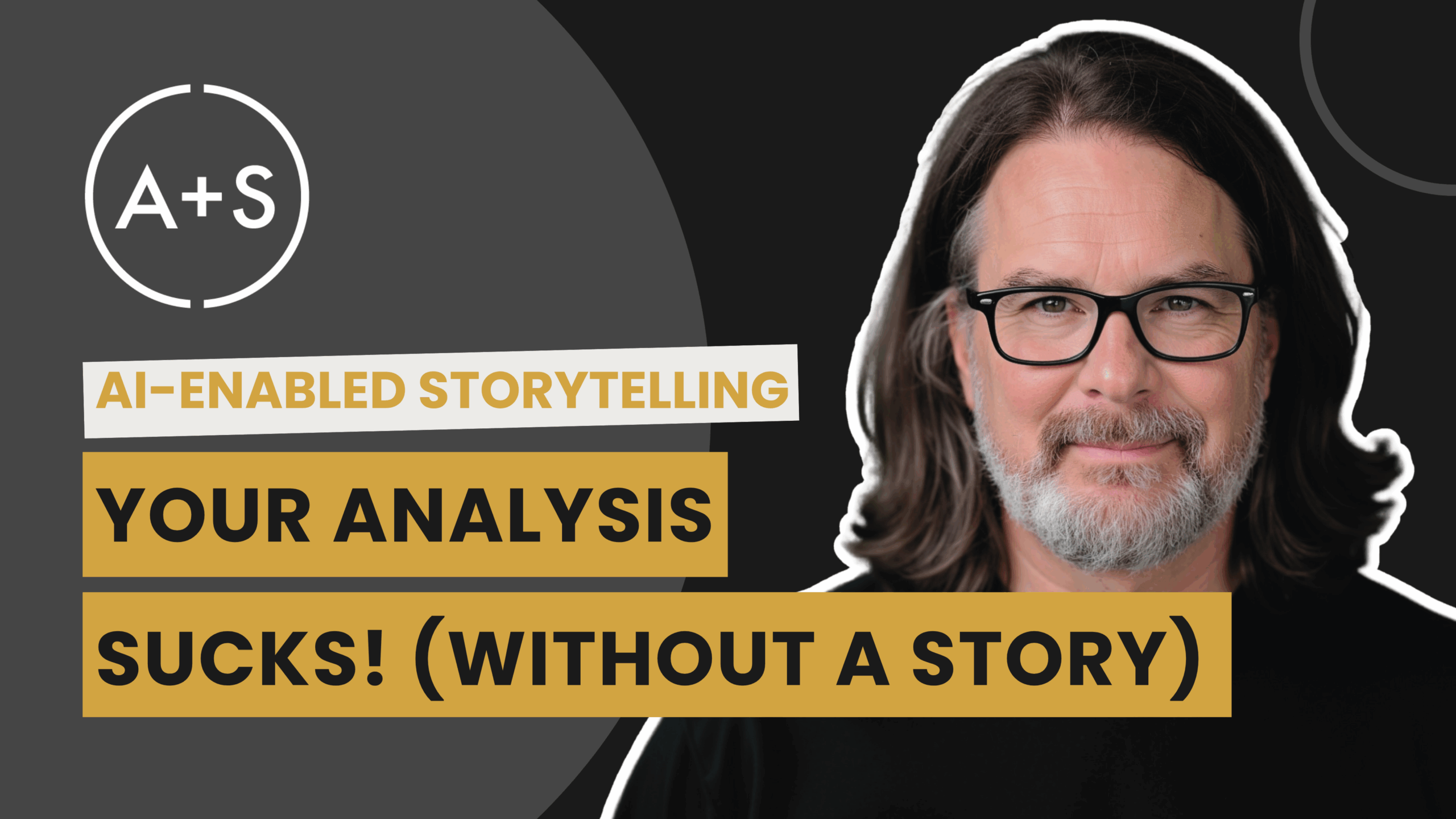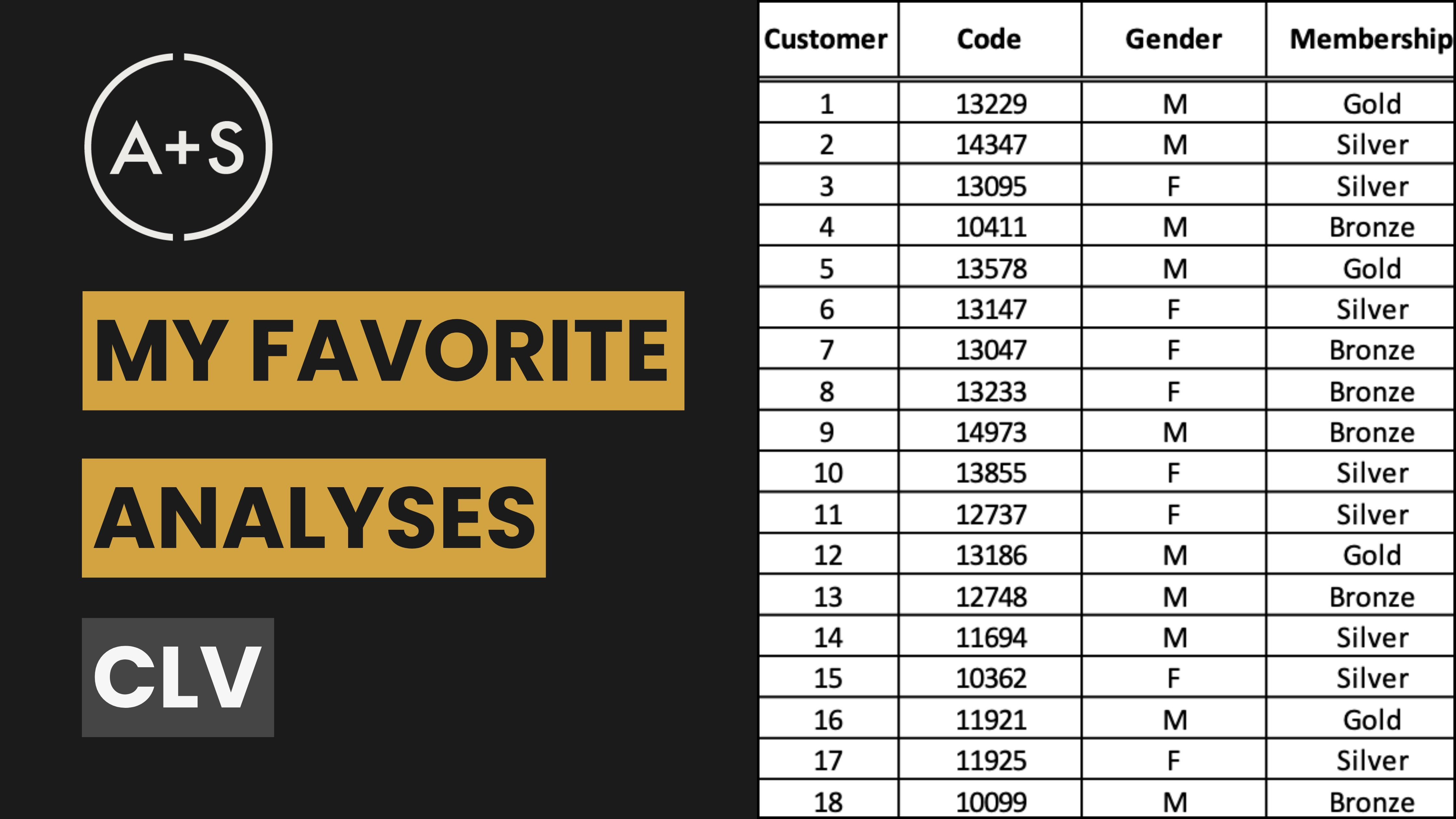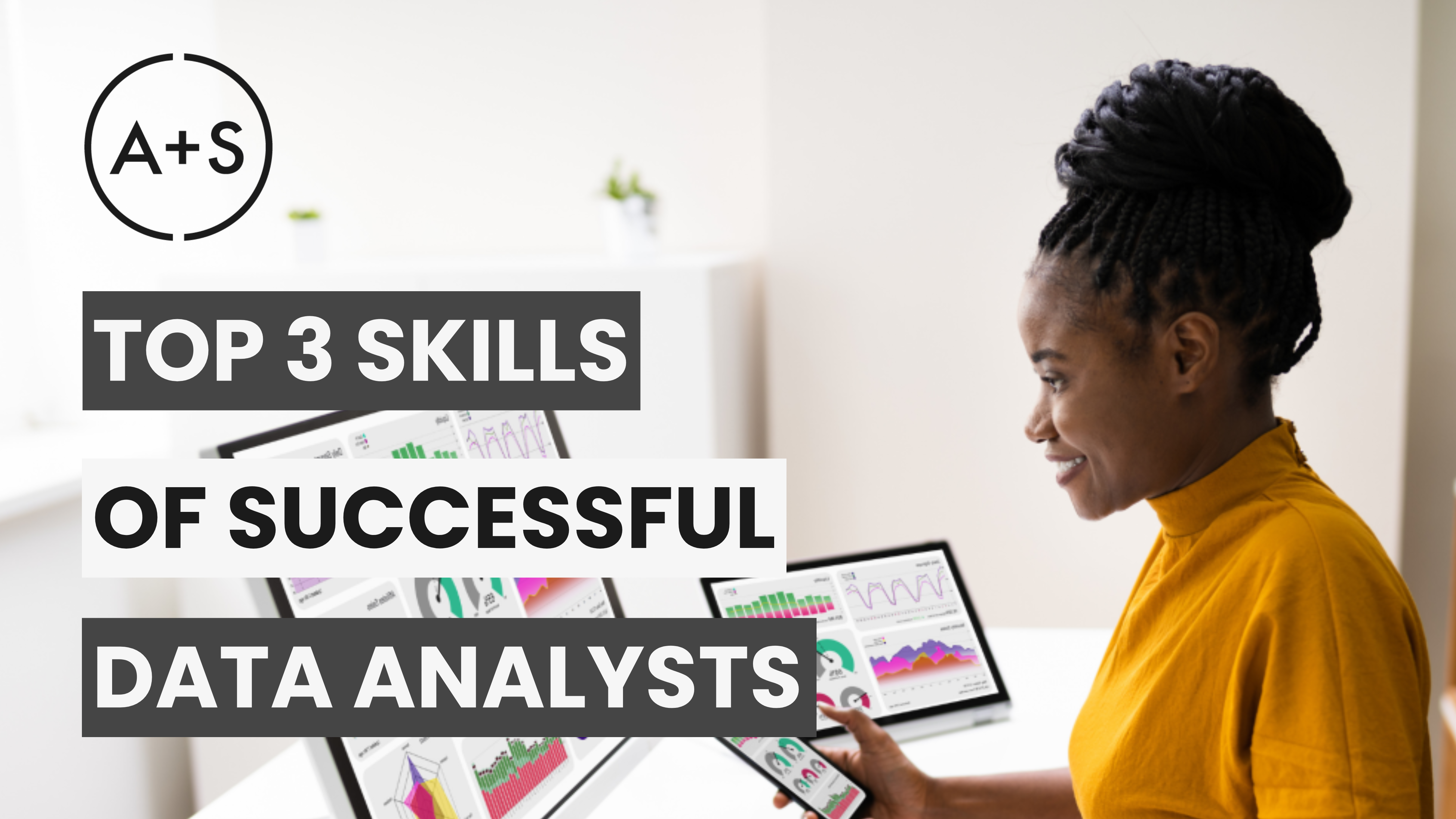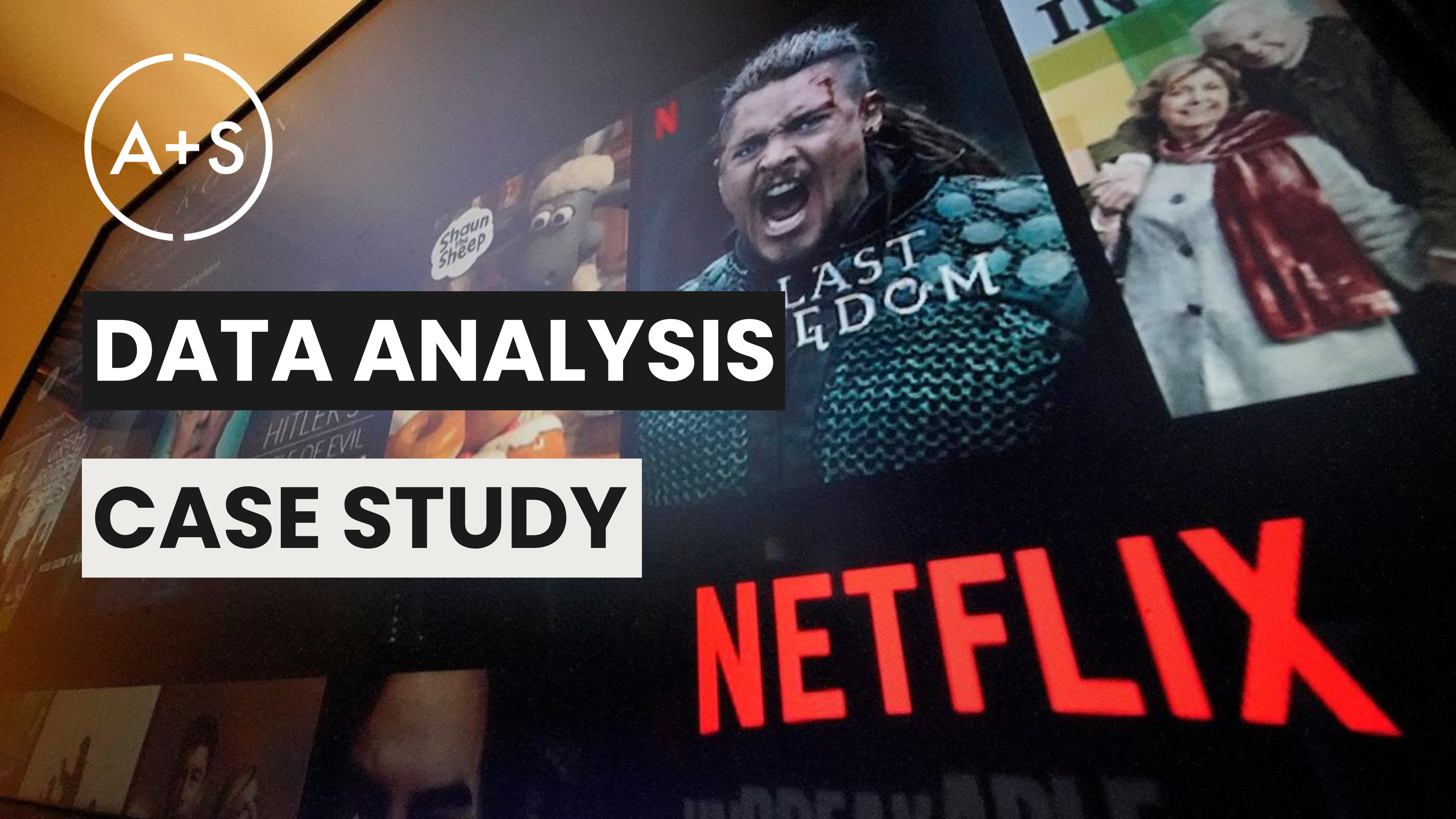You spend two weeks buried in data. You isolate signal from noise. You build a model, run a forecast, and uncover a multi-million dollar opportunity for your organization. This is the moment that defines your job, the insight that can change the company’s trajectory.
You present your findings to leadership. You walk through the charts, explain the p-values, and show your work.
Your reward is polite nods and blank stares. “Interesting. Let’s circle back on that.”
The opportunity vanishes. Your analysis — technically brilliant and strategically vital — dies in a PowerPoint deck. This is not a failure of your analysis. It is a failure of communication. For too long, we have believed that correct data speaks for itself. It does not. The world runs on stories, not spreadsheets.
This newsletter completes our journey into the AI-augmented workflow. We learned to use AI to find insights faster and more proactively. Now, we learn to use it to ensure those insights land with the force they deserve.
THE OPPORTUNITY
The most valuable analysis is worthless if it does not inspire action. Your job is not to deliver data; it is to deliver change.
The gap between your findings and a stakeholder’s decision is a translation problem. You speak the language of regression and statistical significance. They speak the language of P&L, risk, and market share. To bridge this gap, you must become a master storyteller. This skill — the art of narrative persuasion — is not magic. It is a craft that can be learned.
This is where Generative AI becomes your persuasion partner. But let’s be clear: The AI is not the storyteller. You are. True storytelling demands human empathy, intuition, and creative vision. The AI possesses none of these.
The AI is your guide. It is an indispensable companion for structuring your thinking, sharpening your language, and translating your logic into a narrative form. This is AI-enabled Data Storytelling. It is not outsourcing creativity. It is the craft of pairing your human insight with the AI’s immense structural power.
Think of yourself as a master architect. Your analysis is the blueprint. But to get the project funded, you need more than charts and graphs. You need a stunning architectural rendering that allows the client to feel what it’s like to stand inside. The LLM is your rendering engine for ideas. It helps you move from explaining the “what” to selling the “why.”
STRATEGIC FRAMEWORK
AI-enabled Data Storytelling is not about asking an AI to “make this sound better.” It is a structured process for building a persuasive case from the ground up. The framework has three pillars.
- Deconstruct the Analysis into Story. Before you build a narrative, you must find the narrative components inside your data. A story requires a setting (Situation), a conflict (Complication), and a resolution (Question → Main Message). An LLM is perfectly suited to extract these elements from a clinical analysis. Who is the hero of your story (a specific customer segment)? What is their obstacle (a confusing checkout process)? What is the inciting incident (a sudden drop in conversion)? Your recommendation is the resolution. This step transforms a list of facts into a plot.
- Translate the Story for the Audience. Your CEO, CMO, and Head of Product care about different things. A one-size-fits-all narrative will fail. You must tailor the message. An LLM acts as a “persona simulator.” You provide the model with the role, goals, and biases of your stakeholder. The AI then reframes your core story, emphasizing the metrics and outcomes that matter most to that person. The conflict for the CMO is losing market share. For the CFO, the same conflict is a rising customer acquisition cost. The story is the same; the language changes.
- Construct the Narrative Arc. With the components identified and the language translated, you must assemble the story. The most effective structure is Situation-Complication-Question-Main Message (SCQM). The AI helps you weave your data points into this classic framework.
- Situation: Here is the world as it is. (“We acquire 10,000 new users per month.”)
- Complication: Here is the problem or opportunity we uncovered. (“But 40% churn within 30 days, costing us $500k.”)
- Question: The question that your stakeholder must answer when the Complication collides into the Situation (”How can we protect ROI?”)
- Main Message: Here is my clear, actionable plan to answer that question. (“By simplifying onboarding, we can cut that churn by half and recapture $250k in revenue.”)
This structure creates a logical flow that builds tension and makes your recommendation the inevitable, satisfying conclusion.
THE ANALYST’S PLAYBOOK
Put this framework into action immediately. This is your new process for presenting any significant finding.
- Write the Factual Summary. In your LLM, write a dry, clinical summary of your findings. Include the core data points, your methodology, and your top-level conclusion. This is your source of truth.
- Prompt for Story Deconstruction. Use this prompt: “Act as a master data storyteller. Here are my analytical findings: [Paste summary]. Deconstruct this into its core narrative components: Who is the protagonist? What is their core conflict? What is the inciting incident? What is the proposed resolution?”
- Define Audience Personas. For each key stakeholder, write a simple persona. Example: “Persona: CFO. Priorities: EBITDA, operational efficiency, margin. Language: Direct, financial, ROI-focused. Hates: Vague marketing speak.”
- Translate for Each Persona. Prompt the AI: “Using the story components, draft a 100-word summary for the CFO persona. Frame the resolution in terms of ROI and margin impact. Translate the metric ‘user engagement’ into ‘revenue per user’.” Repeat for each key audience.
- Build the SCQM Narrative. Prompt the AI: “Create a presentation outline using the Situation-Complication-Question-Main Message framework. The resolution must end with a single, clear call to action and a specific, quantified outcome.”
- Refine for Persuasion. Take your draft talking points and have the AI sharpen them. Prompt: “Make this sentence more persuasive and confident: ‘It seems like we could potentially improve retention by testing a new feature.’ -> ‘My analysis proves a new feature will improve retention by 15%. I recommend we ship it.'”
- Build the Case. After refining your points, ask the AI to synthesize your findings into the most powerful three – five conclusions. These are the memorable, high-impact statements that support your Main Message (this is what we call the Key Line). Prompt: “Based on my full analysis, generate three concise and powerful conclusions that support my Main Message.”
- Anticipate and Rehearse Objections. This is the final step that separates amateurs from pros. Prompt: “Based on the CFO persona and my proposed resolution, what are the three toughest questions I will be asked? For each, provide a concise, data-backed answer.”
FINAL THOUGHT
Our three-part series on the AI-augmented analyst began with learning a new command line. It ends here, with you learning to command a room.
AI does not diminish the analyst; it elevates you from technician to strategist, from reporter to storyteller. Your ability to find insight is your foundation. Your ability to translate that insight into a compelling story is what builds empires.
The data provides the value. Your story unlocks it.
Keep Analyzing!




